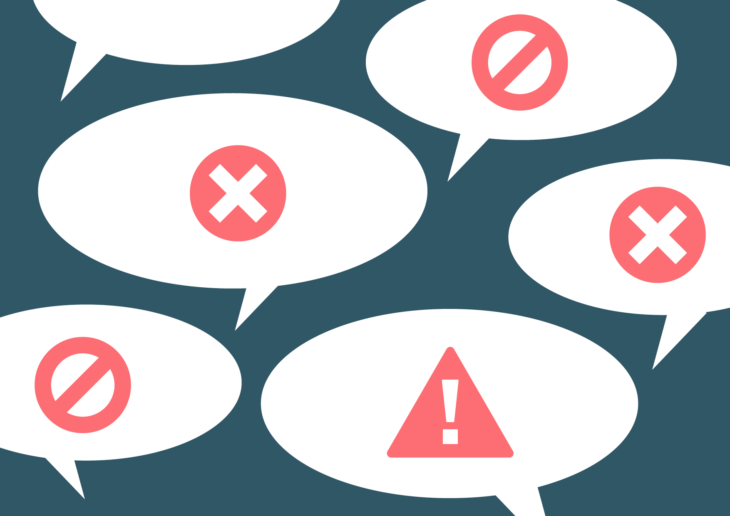How to Improve Your Customer Survey Response Rate

Today just about every company is doing customer surveys – but not every company is getting the best survey response rate.
So you’re sending out customer surveys regularly, and you’re able to use the results to improve your internal processes and boost customer loyalty.
That’s great. It’s what every business needs to be doing. But what if not every respondent you send the survey to is filling it out or engaging completely, and you know if they were, you would get even better results driving even more insights?
You need to increase your survey response rate.
The response rate is calculated by taking the number of people who completed your survey and dividing by the sample size (the number of people you reached out to). Average survey response rates vary depending on who you talk to. While 10-20% is considered an average survey response rate – in reality, results can vary widely. So the best way to determine a good customer survey response rate is to start with your own baseline.
- Determine the average response rate of your customer surveys
- Try to improve the rate from there
That said, survey response rates will continue to vary depending on the topic and the audience.
It Depends on the Topic
Some topics are easier to digest than others. And some are simply more interesting than others.
Consider your audience first. Then you can determine whether the topic of the survey should garner more or less response. If you are surveying CEOs about their experiences buying printer ink, you’re going to get less response than if you are surveying them about golf clubs.
It Depends on the Audience
The audience you are trying to survey may be more difficult to reach. Going back to that CEO example, executives will be harder to reach than the average college student.
There are two other factors to consider with your audience:
- Familiarity
- Investment in you
First, the more familiar your survey audience is with your brand, the higher the response rate is going to be.
Second, the more invested your audience feels in your company and your brand, the higher the response rate is going to be.
What that boils down to is this: The response rate and the results you get from a survey that goes out to first-time customers versus one that goes out to long-time customers are going to be different.
How to Improve Customer Survey Response Rates
All of that said, there are a few ways you can improve your customer survey response rates without going back to the drawing board.
- Length. Shorter surveys tend to get better response rates than longer surveys. Generally speaking, keep it to 10 questions or less.
- Types of questions. You will get a better response with more close-ended questions (e.g. questions with multiple-choice answers) than with open-ended questions because they are quicker and easier to answer.
- Frequency. Though we advocate regular, pulse surveys, surveying a specific audience to frequently will lower your response rate over time.
- Avoid repetition. Don’t ask questions that you already have answers to. Keep a database of answers from the previously gathered response and use this if necessary to pre-populate information into the survey questions.
- Sales process. Make sure to survey new customers and make surveys an integral part of your sales process. When customers know their response directly contribute to improvements of product and services they are using, response rates tend to be higher.
- Incentives. If you really want to boost your response rate, offer an incentive to complete the survey.
- Follow up. Following up after one week, then again after two weeks, you can turn your customer survey response rates from 20-30% to over 85%. Send gentle reminders to those who haven’t completed your survey.
- Optimize for mobile. More than 50% of surveys are now viewed on mobile, so make sure your surveys look good on all devices – desktop PCs to mobile devices.
- Interactive. Use a platform that facilitates engaging question styles like rating scales and sliders
- Brand it. Respondents love to know that the survey is coming from a brand they trust. This builds loyalty as much as response rates.
- Anonymity. Survey participants tend to like anonymity. They feel freer to answer more honestly.
Conclusion
There you have it. Start applying these proven strategies and watch your customer survey response rates soar! And as always, make sure you’re using the best survey platform.
Read more about Customer Satisfaction Surveys.










